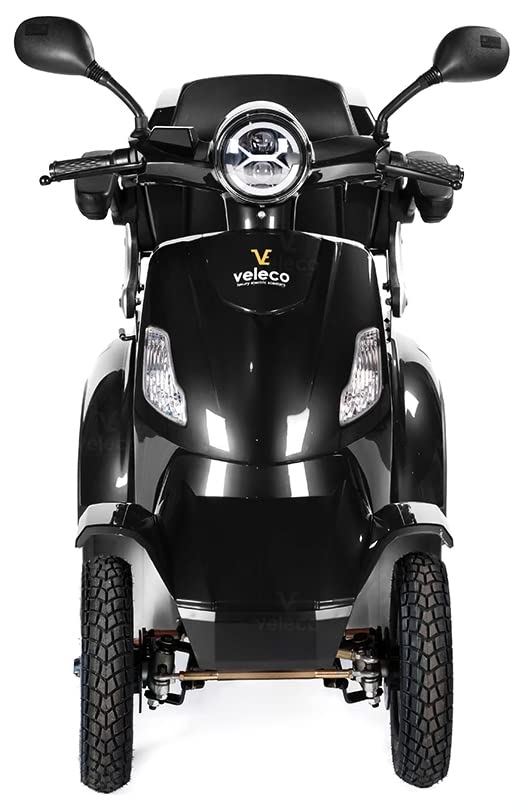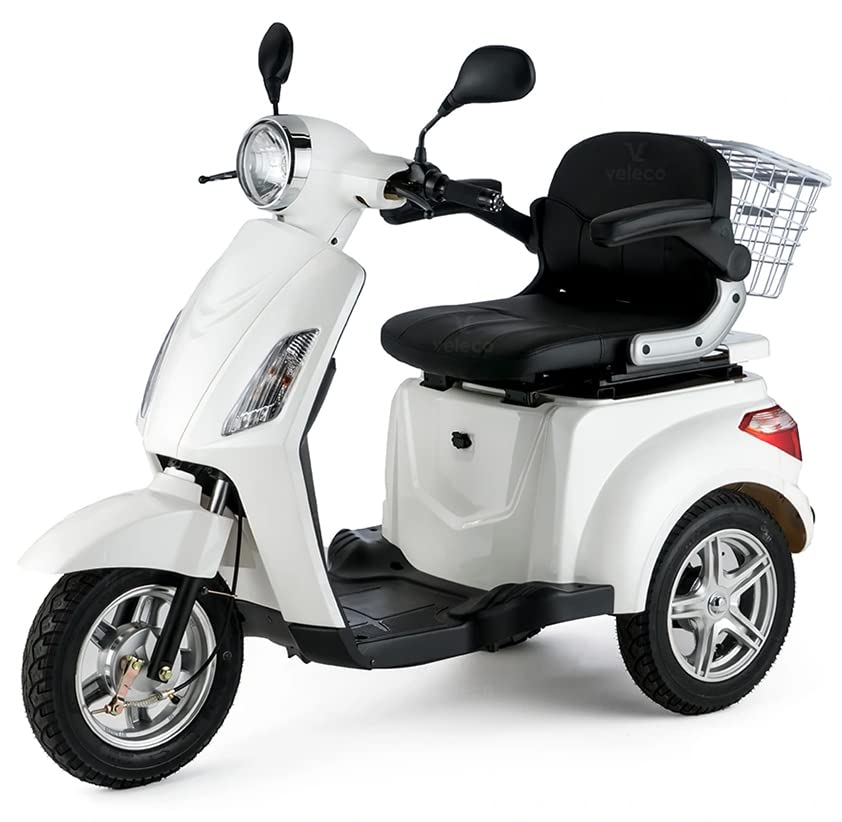7 Simple Tips For Moving Your Assistive Mobility

2024-11-29 22:25
19
0
0
0
본문
 The Importance of Assistive Mobility
The Importance of Assistive MobilityAssistive mobility is the capacity to move about and interact with the environment. It may be limited gradually, such as with a condition like multiple sclerosis or at a moment's notice like in a spinal cord injury or limb loss.
Assistive devices can help people who have mobility issues achieve. Before you decide on an assistive device, it's important to obtain a thorough evaluation from a specialist.
Human assistance
Mobility aids can help people who are disabled overcome the limitations they face in their daily lives. They are classified into different categories according to the individual's needs. They range from basic equipment such as walking sticks and adapted cup to computer hardware that is specialized and motorized wheelchairs. They are also designed to be used in specific settings, e.g., home school, community, and home.
Many kinds of assistive technology are not suitable for rural/remote areas or low-income countries and should be carefully tailored to people's requirements and environmental conditions. Appropriate technology is simple, efficient and affordable, it uses local techniques, materials and tools, and is easily maintained. They must be designed with people in mind and accessible to people who have disabilities.
The selection of assistive technology is a complex process, and it's essential to work with a seasoned AT team. The team should consist of a range of professionals in the field, including family physicians and regular education teachers, special education teachers and rehabilitation engineers. Other experts may include occupational therapists as well as speech-language pathologists.
A great team of assistive technology should include a person who has an impairment. They can be a valuable source of information on assistive technology and can guide you through the process of making decisions. Additionally, they can explain the way in which the device functions and give you an opportunity to try it out.
A good example of a suitable assistive technology is the ear molds for Koris, a deaf woman from the East Sepik province of Papua New Guinea. Koris was incapable of sending her daughter who is deaf to school due to her hearing loss. However, thanks to CBR workers from Callan Services for Disabled Persons trained in this area she learned about schools for children with hearing impairments and was able enroll her.
CBR programs can also teach local artisans to fix small issues on assistive devices. This will help to reduce the need for disabled individuals to travel long distances to repair and maintain their devices, which can hinder them from using them. A national group of disabled people in Lebanon, for example has set up production units and workshops for assistive devices and wheelchairs, as along with repair and distribution centers across the country.
Navigation apps
Being able to navigate around the surroundings can be an issue for anyone, but this can be a particular issue for those with visual impairments. Blind people used to rely on other people when they needed directions. Today, there is many navigation apps that can aid them in navigating independently and with confidence. These apps include features such as audio descriptions, GPS technology, and adaptive capabilities. They can provide unprecedented levels of accessibility and freedom.
Apps such as Google Maps and Commute Booster are among the most well-known navigation tools on the market, offering a variety of useful features that can be tailored to the individual's needs. For example the former provides offline accessibility across the globe which allows users to download maps for specific regions and not having to use data while navigating. The second however provides real-time updates of public transportation schedules and routes which allows users to plan their trips ahead of time and reach their destinations quicker.
The apps are also designed to emphasize safety, ensuring that users are adhering to road regulations and taking appropriate precautions on their travels. Some apps offer lane guidance so that users stay on the right side of the road. Others offer voice-guided directions which warn about upcoming obstacles or pedestrian crossings. These apps can also save parked locations. This can be especially useful for drivers who have difficulty remembering the exact location of their car.
Other features that can improve user experience include multi-modal navigation, which enables users to plan and navigate across diverse landscapes with the flexibility of multiple modes of transport. Certain apps let users save their preferences by allowing them to exclude toll roads or specific areas from their journeys. This creates a tailored experience aligned with personal preference.
Certain navigation apps offer tactile feedback through vibrations, while others offer audio signals that inform users about their surroundings. They can also provide step-by-step instructions, which allow users to learn how to complete complex tasks with confidence and ease. This can help users build abilities that allow them to be self-sufficient, regardless of whether they're in a difficult venue or getting to work.
Complex venues
Accessibility for mobility in large locations like airports and stadiums may seem like a daunting task initially. There are numerous ways to ensure that those with disabilities don't face any obstacles in public spaces. It is also important to provide them with assistive devices that meet their needs and not the generic ones that might be available in a typical store or when renting wheelchairs. CBR programmes can identify local artisans who are interested in making custom orthoses, and facilitate training.
Other measures include accessible information desks as well as checkout areas with lowered counters. Access to elevators and escalators are essential and should be accompanied by wide aisles that allow wheelchairs to turn or turn. Finally, indoor wayfinding apps like Evelity developed by Okeenea are helpful to help users with physical disabilities apprehend their surroundings and navigate.
Freedom
In low and middle-income countries only 5-15% of people who require assistive technology have access to it. This is due in part to the limited production capacity and the lack of resources. In addition, some people are not aware of the importance of assistive devices.
To ensure that the assistive device is appropriate for each person An extensive evaluation is required. This includes a medical exam and physical examination and a discussion of the person's goals. This is especially important to ensure the proper provision of power mobility as well as other types of assistive devices. A poor choice or inadequate fitting could cause discomfort, frustration and secondary conditions like pressure sores.
Assistive 4 wheel mobility scooter electric scooters electric 4 wheel mobility scooter mobility scooter lightweight best electric mobility scooter scooter for adults (Jackson-sivertsen-2.mdwrite.net) is a method to allow a person to move about freely in their environment. This includes home, school workplace, as well as the community. This freedom is a cherished right under section 6 of Canada's Charter of Rights and Freedoms.
Mobility aids can be a life-changing instrument that boosts independence, increases self-confidence and contributes to greater social acceptance. It can also enhance the quality of life for those who need it and retain or restore functional abilities. For many people with disabilities who have been injured or sick, assistive folding mobility scooter electric can allow them to regain parts of their life that they've lost or never experienced.
Freedom Mobility helps disabled veterans and first responders by providing state-of-the-art mobility and lift technologies and specially modified pickups for transport. Freedom Mobility is supported and partnered by foundations and national corporations who wish to help wounded veterans and civilian heroes.
In addition, Freedom Mobility is committed to delivering a better experience for its customers by providing an individual-focused mobility outcomes tool that gives evidence of improvements in functional efficiency and allows routine follow-ups with a certified RESNA APT. The company can then immediately take preventative measures to avoid any negative health effects, like skin breakdown or early pressure ulcers. This means less downtime for customers as well as greater independence, and the ability to remain active and engaged with their communities and work.

0
0
로그인 후 추천 또는 비추천하실 수 있습니다.







댓글목록0
댓글 포인트 안내